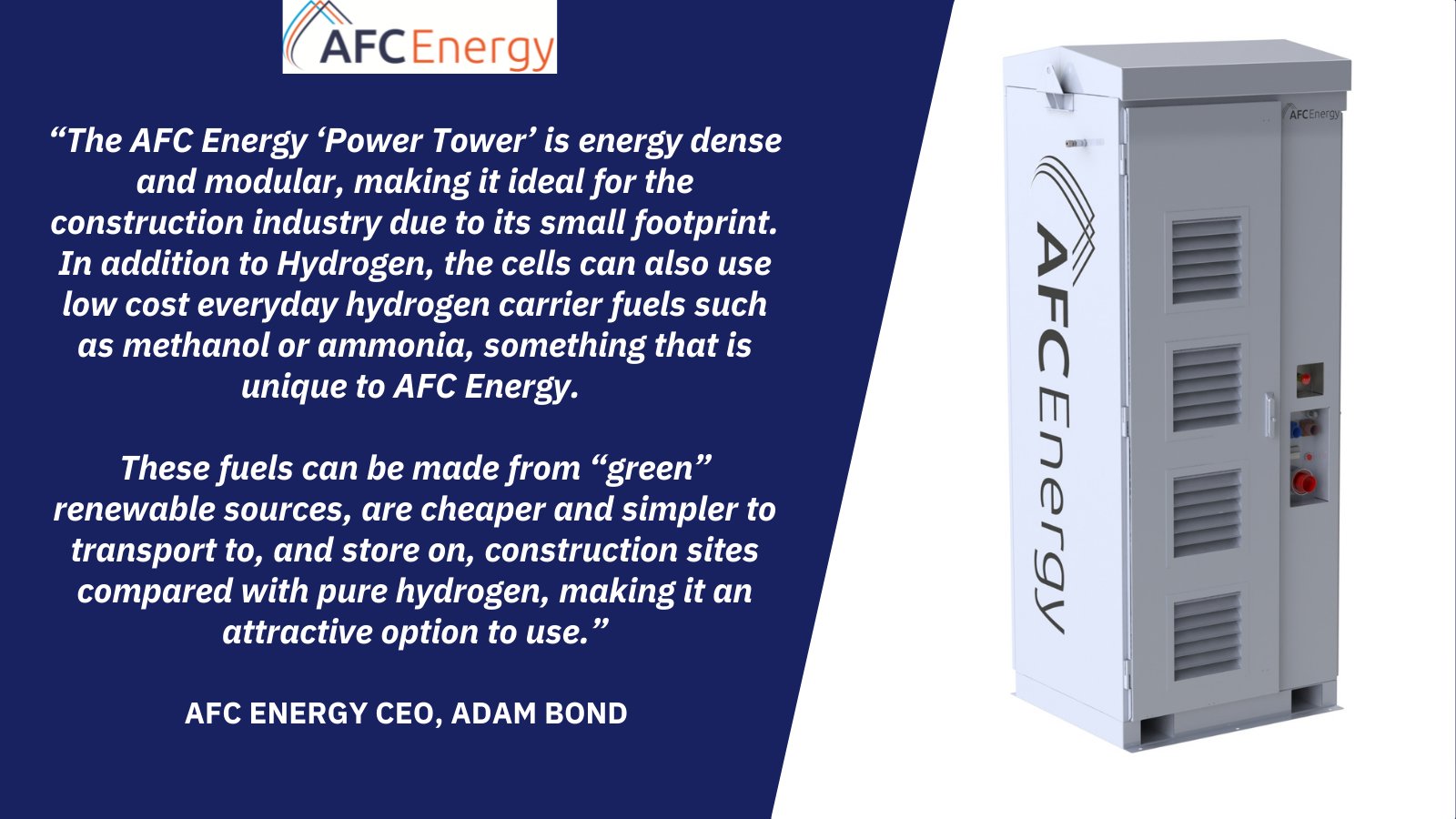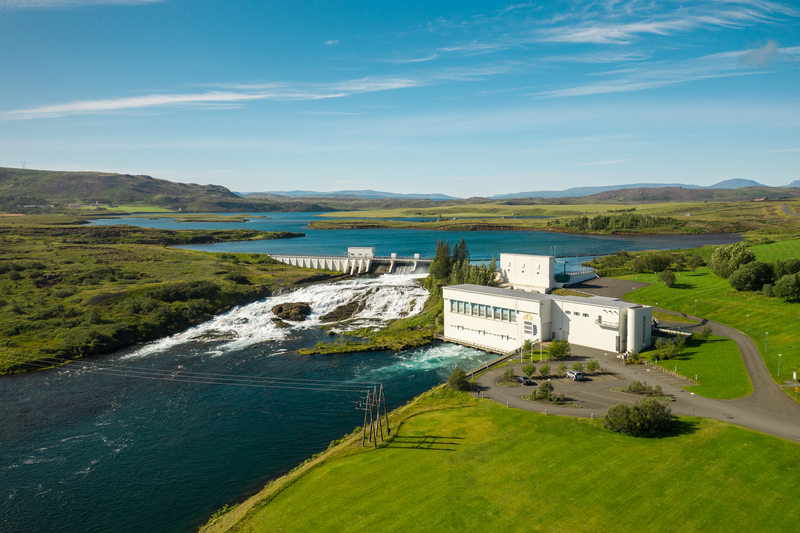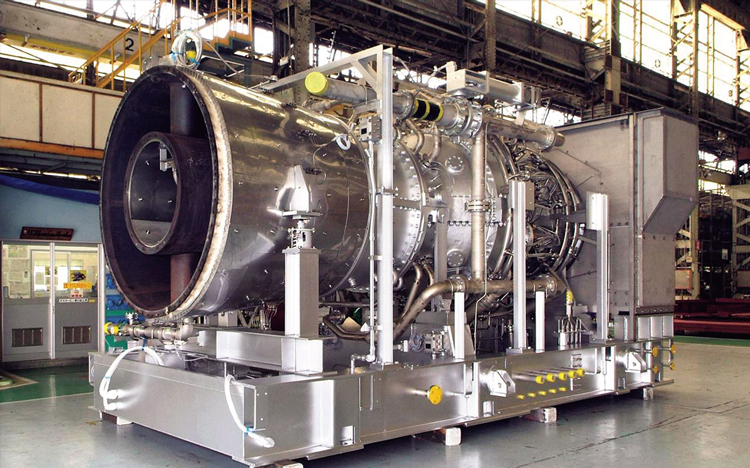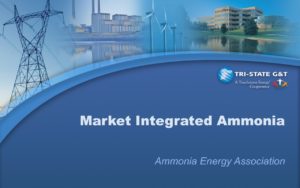Siemens Energy begins work on commercial cracker prototype
Siemens Energy, Fortescue Future Industries and GeoPura are developing a £3.5 million ammonia cracker prototype in Newcastle, UK. The prototype will deliver 200 kg of high-purity, PEM-suitable hydrogen fuel per day, and will be based on Fortescue’s “Metal Membrane Technology” (MMT) purification process. GeoPura will act as offtaker for the prototype facility, with the hydrogen to be used as in its Hydrogen Power Unit fuel cell technology.









